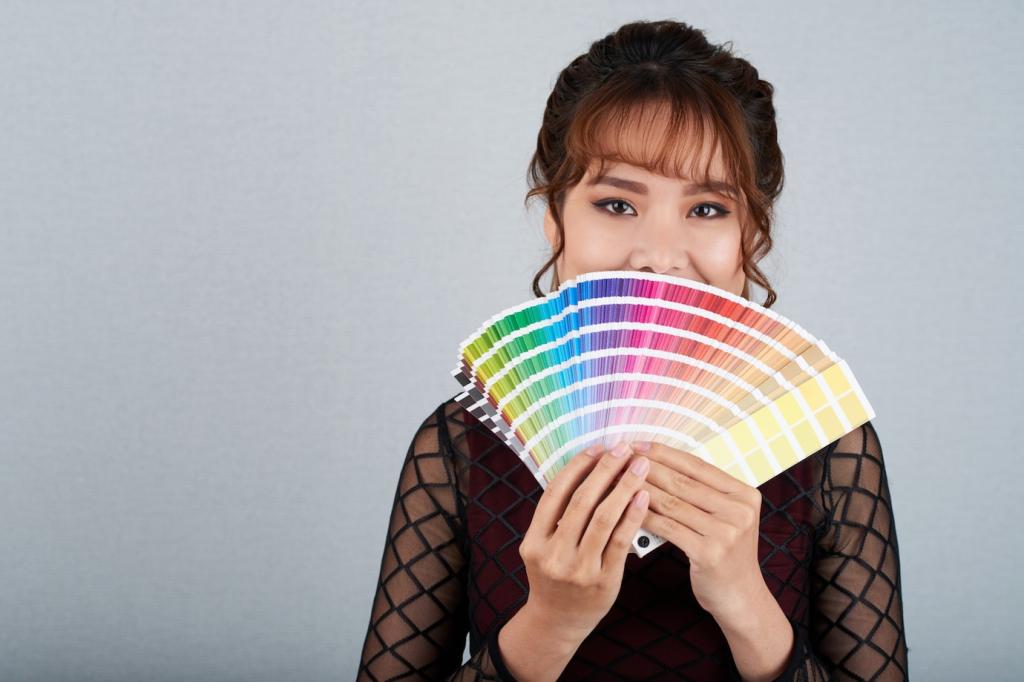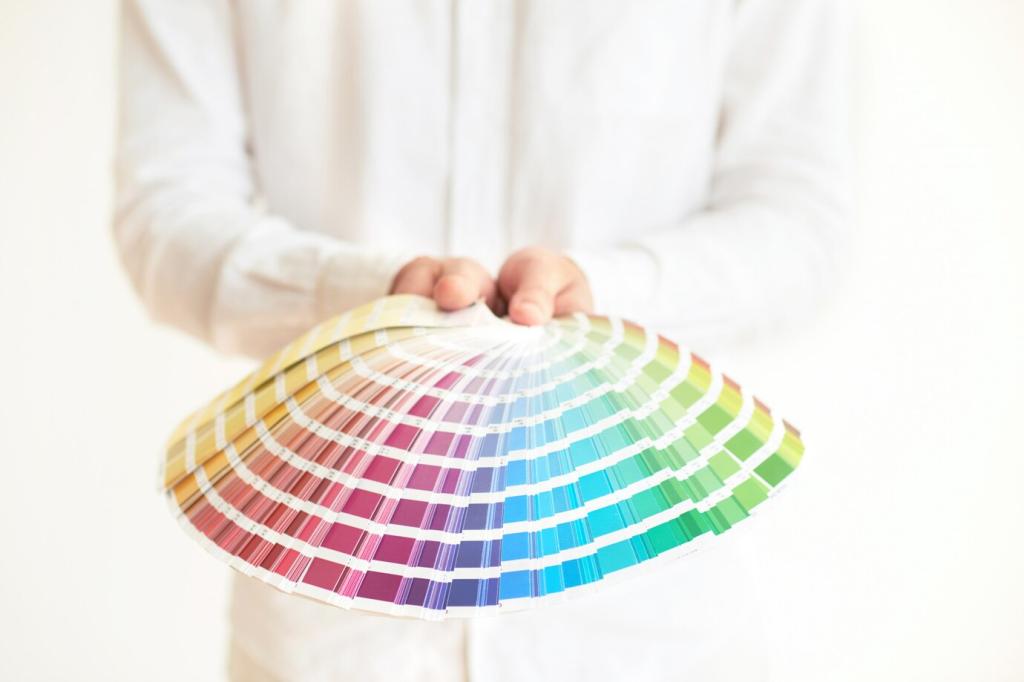Find Calm in Color: The Role of Neutral Tones in Stress Reduction
Chosen theme: The Role of Neutral Tones in Stress Reduction. Welcome to a space where soft beiges, warm taupes, and gentle greys become practical tools for easing tension, clarifying focus, and restoring balance. Stay, breathe, and let neutrals guide you toward a quieter, kinder daily rhythm.
The Science Behind Neutral Colors and Stress
Cortisol, Cognition, and Calm
Environmental psychology suggests that low-contrast, low-saturation hues can lower perceived stress by reducing sensory overstimulation. When visual input is gentler, the brain spends less energy filtering noise, which may support steadier focus, smoother breathing, and more restorative micro-breaks throughout the day.
Color Temperature and Perception
Warm neutrals like oatmeal and sand can feel cozy and safe, while cooler neutrals like fog grey and stone feel spacious and clear. Combined with soft, indirect lighting, both families reduce harsh shadows and glare, gently signaling the body that there is no imminent demand to react quickly.
Less Visual Noise, More Breathing Room
High-contrast edges keep the mind on alert. Neutral tones soften edges, quieting that subtle vigilance. Over time, this translates into fewer micro-jolts of attention, less cognitive fatigue, and a steadier baseline mood that makes everyday stresses easier to navigate without feeling overwhelmed.
Designing a Calmer Home with Neutrals
Choose a taupe or mushroom wall, breathable cotton sheets in ivory, and a textured wool throw. Keep the palette cohesive so your eyes drift without snagging on distractions. Add a dimmable bedside lamp, and invite your nighttime routine to begin thirty minutes earlier with slower, deeper breaths.


Designing a Calmer Home with Neutrals
A sand linen sofa, oak coffee table, and clay-colored rug create a low-drama landscape for unwinding. One reader told us arguments faded when they swapped bold accent walls for greige. With less visual intensity, voices softened, and small rituals like evening tea naturally returned.
Focused Workspaces Using Neutral Palettes
A freelance designer shared how a greige desktop, pale oak desk, and matte ceramic pencil cup cut her afternoon stress. She scheduled emails in two calm blocks and noticed fewer impulsive tab switches. The neutral backdrop made important tasks stand out without shouting for attention.
Focused Workspaces Using Neutral Palettes
Neutral wallpapers minimize contrast bursts, while warm-white bulbs soften edges. Reduce glare with matte screen protectors and keep brightness just below ambient light. Pair with a soft beige desk mat so boundaries feel defined yet gentle, encouraging steady posture and more comfortable, unhurried focus.




Digital Calm: Neutral Interfaces and Media Habits
Phone Home Screen Serenity
Set a soft grey wallpaper and group apps into low-key folders. Disable flashy badges, and keep only essentials on the first page. The quiet palette reduces habitual tapping, nudging you to open your phone on purpose, not on autopilot, which lowers stress throughout the day.
Email, Notes, and Calendars
Choose neutral themes and limit labels to a few muted tones. Color signals become meaningful without shouting. Try a Sunday reset: archive, rename, and simplify. A calmer digital environment can translate into clearer thinking and kinder self-talk when plans inevitably shift.
Streaming and Gaming Corners
Wrap your media area in soft neutrals, add warm bias lighting, and use a textured rug to absorb sound. When intense visuals appear on-screen, the surroundings remain soothing. The contrast helps your brain recover faster after stimuli spikes, keeping entertainment enjoyable rather than draining.
Nature’s Neutrals and Biophilic Cues
Stones, Sand, and Quiet Rivers
On a rainy walk, notice the soothing palette: wet slate, driftwood, pale sand. Bring it home with river stones in a bowl and a linen runner. These subtle references to nature gently reassure the body that the world beyond your walls is steady and cyclical.
Seasonal Shifts in Subtle Hues
Autumn fog, winter bark, spring shells—each season offers neutrals that refresh without overwhelm. Try a breathing exercise: inhale while tracing a stone’s edge, exhale as your gaze follows a soft fabric fold. Tiny rituals map calm into your senses, moment by moment.
Scent and Sound in a Neutral Palette
Pair gentle colors with soft soundscapes and unscented or very light natural aromas. When the visual field is quiet, small sensory notes feel sufficient. White noise, a cotton throw, and warm light can be enough to cue your body into a restorative, unhurried state.
